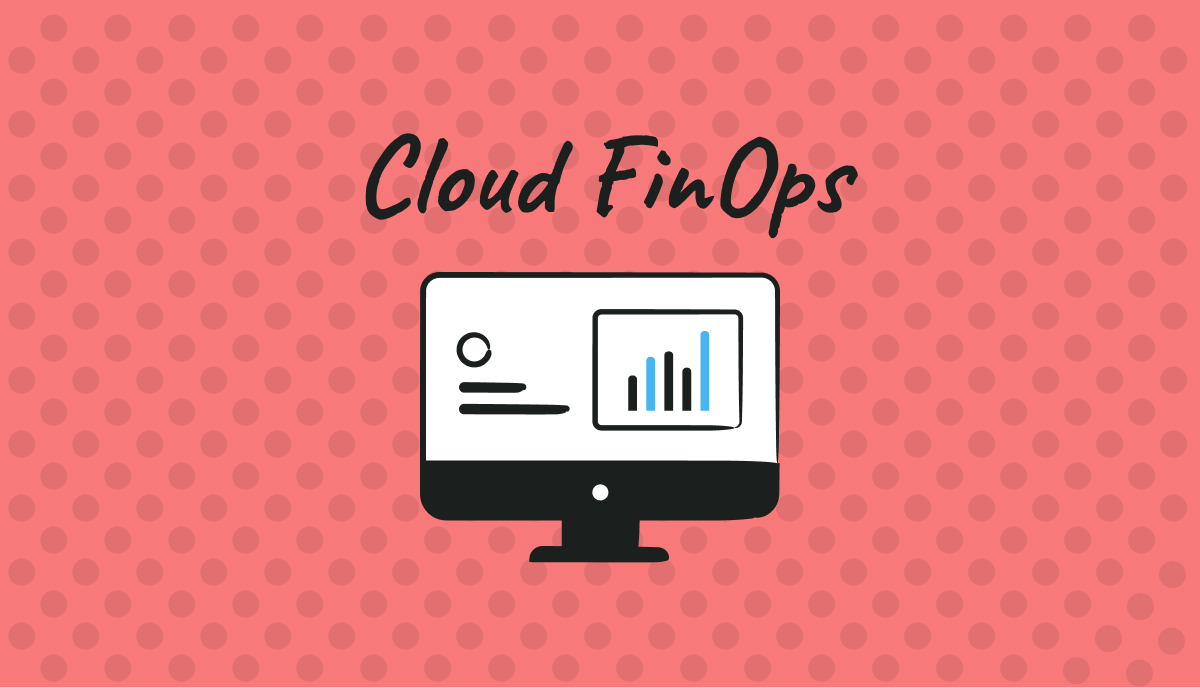
By default, all AWS services are available on-demand and cloud users pay a monthly bill for all services used. But what happens when your AWS environment gets more complex? When you add more instances? The on-demand pricing model becomes expensive, and it’s time to reconsider how you’re utilizing AWS cost optimization techniques - especially with your EC2 budget.
What are Reserved Instances?
One component of the AWS cost optimization pillars is choosing the right pricing model based on the predictability of your workload - and this is where Reserved Instances comes into play. EC2 instances are the foundation of AWS environments. When you have a good amount of predictability, you can save specifically on EC2 usage costs through an Amazon billing discount called Reserved Instances (RIs) applied to the use of On-Demand Instances in your account. The more Reserved Instances you purchase, the more you save through volume discounts - up to 72% in return.
In this article, we will outline the four elements that determine the pricing and discounts of a Reserved Instance, including:
- Offering class - Standard vs. Convertible
- Instance attributes - Instance type, region, tenancy, and platform
- Term commitment - One year vs. three years
- Payment option - No Upfront, Partial Upfront, or Full Upfront
Let’s discuss the two types of EC2 Reserved Instance offering classes, Standard and Convertible. Both require a one- to three-year commitment and provide discounts, but there are some key differences: modification vs. exchangeability. A Standard Reserved Instances allows you to set and modify the Availability Zone, scope, networking type, and instance size. A Convertible Reserved Instance allows you to exchange one for another with a different configuration (like instance family, operating system, and tenancy).
How do you know which Reserved Instance payment option to choose for your AWS environment? Let’s dive into the three payment options for EC2 Reserved Instances, whether Standard or Convertible: no upfront, partial upfront, and all upfront. These upfront payment options will determine your level of upfront commitment in exchange for a higher or lower discount.
3 Payment Options for EC2 Reserved Instances
The first thing to note is that pricing for Reserved Instances is determined by four attributes: instance type, region, tenancy, and platform. Next, you need to understand the three payment options for EC2 Reserved Instances, found in the AWS Management Console. Reserved Instances with a higher upfront payment will yield higher discounts.
- No Upfront – Just like it sounds, no upfront capital is required when you choose this option. AWS documentation defines this payment as “a discounted hourly rate for every hour within the term, regardless of whether the Reserved Instance is being used.” By choosing No Upfront Reserved Instances, you have a contractual obligation to pay monthly for the entire term of the reservation.
- Partial Upfront – You pay a portion of the cost up front, which will require capital of 30-50% of the total Reserved Instance value. AWS will bill the remaining hours in the term at a discounted hourly rate, regardless of whether the Reserved Instance is being used or not.
- All Upfront – You make a full payment at the start of the term of the Reserved Instance, with no other costs or additional hourly charges incurred, regardless of hours used. This payment option yields the highest discounts.
Choosing your Payment Option for Reserved Instances
When choosing between no, partial, and all upfront payment options for EC2 Reserved Instances, you must first consider the following elements:
- How much capital do you want to have on-hand? Meaning, how much capital do you need free to spend in other areas of your cloud budget?
- How important are discounts to you? How much of a discount do you want? The higher the upfront payment, the higher the discount.
- If you choose no or partial upfront payment, will the monthly billing cycle fit into your cloud budget?
It’s worth noting that when Reserved Instances expire, you will be charged On-Demand Instance rates. To avoid this change, you can queue a Reserved Instance for purchase up to three years in advance. You can also set up billing alerts so that you’re informed of when your bill exceeds a defined threshold.
Savings Plans are one pricing model that makes it easy to predict your AWS spend, offering discounts on services like EC2 in exchange for a usage commitment. To begin calculating costs, go here.
Is your current cloud cost observability platform giving you the insights you need? For true AWS cost optimization, you must understand Reserved Instances and how they factor into your EC2 spend. At Finout, we want you to know exactly where your cloud budget is being spent and the return on investment it brings. Our cloud cost observability platform provides total visibility into your cloud costs to reveal opportunities for optimization and drive informed, data-driven decision-making among engineers and finance leaders alike. Contact us today to embrace the FinOps model and take control of your cloud spend.








